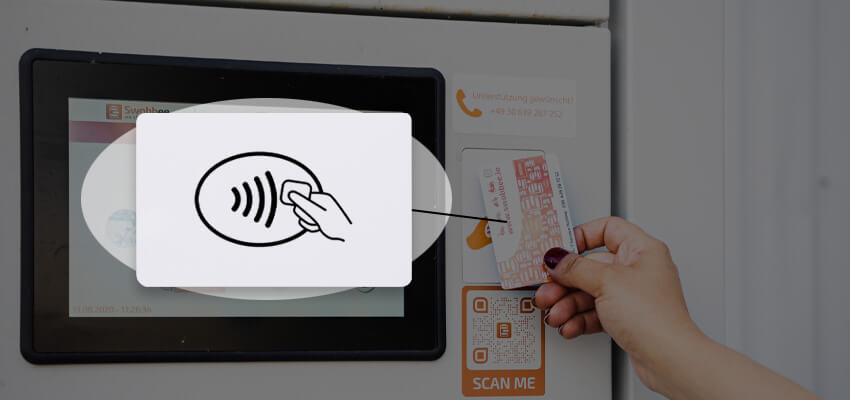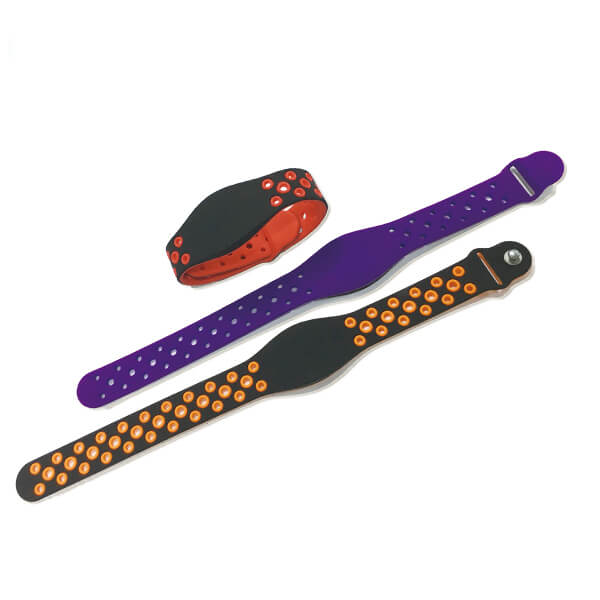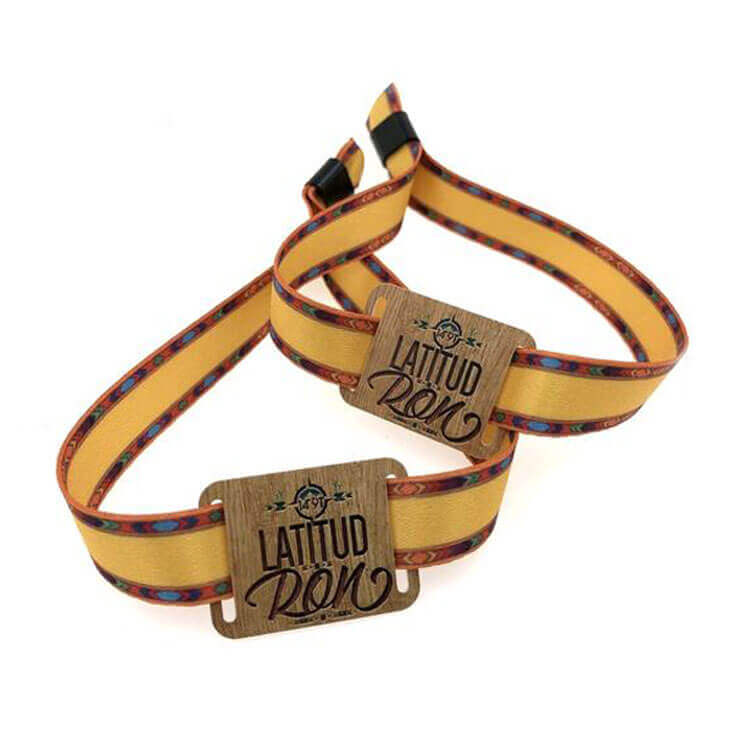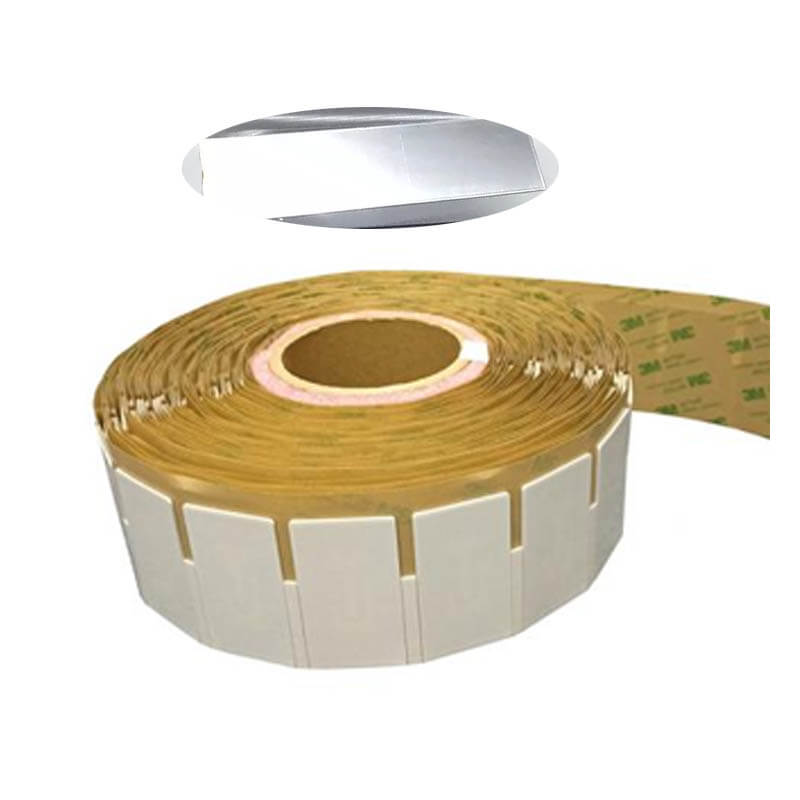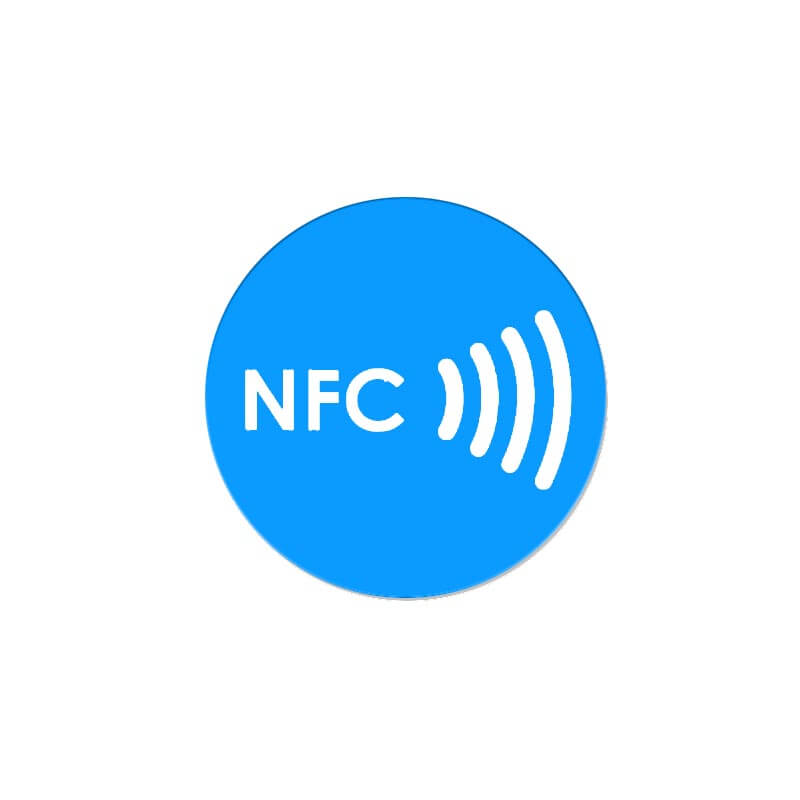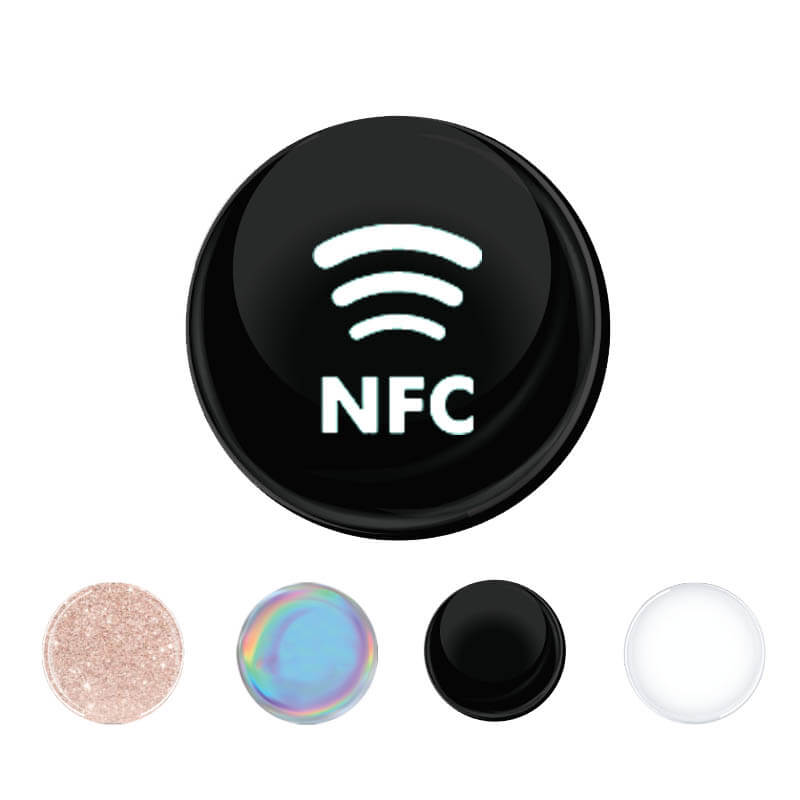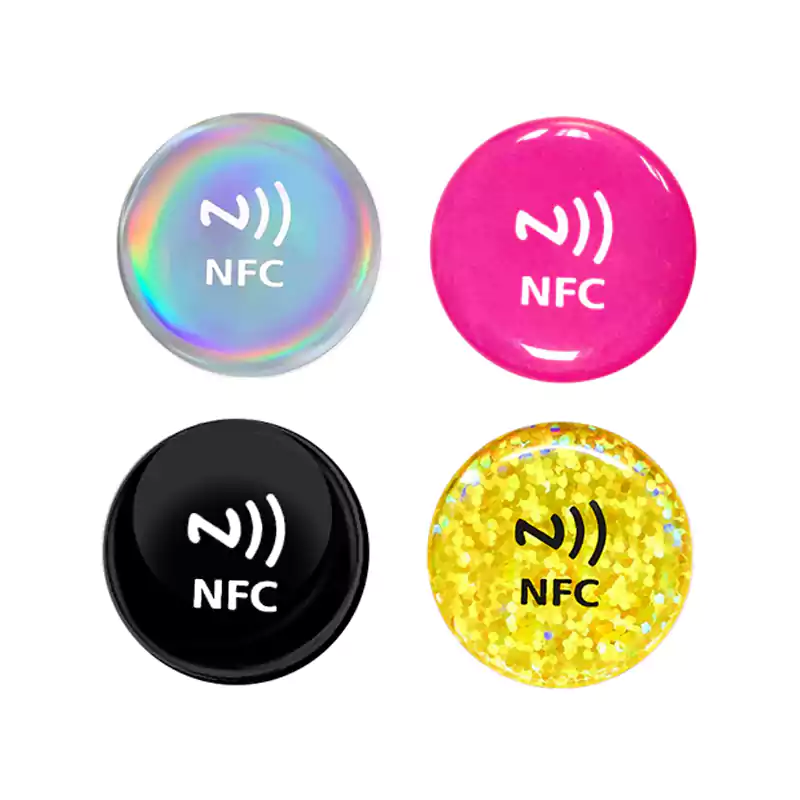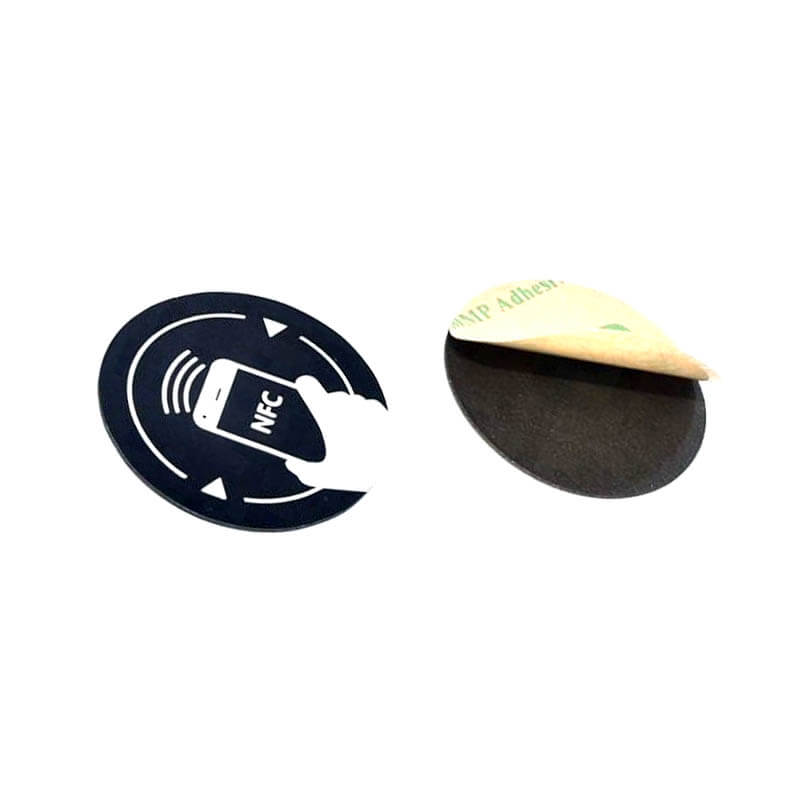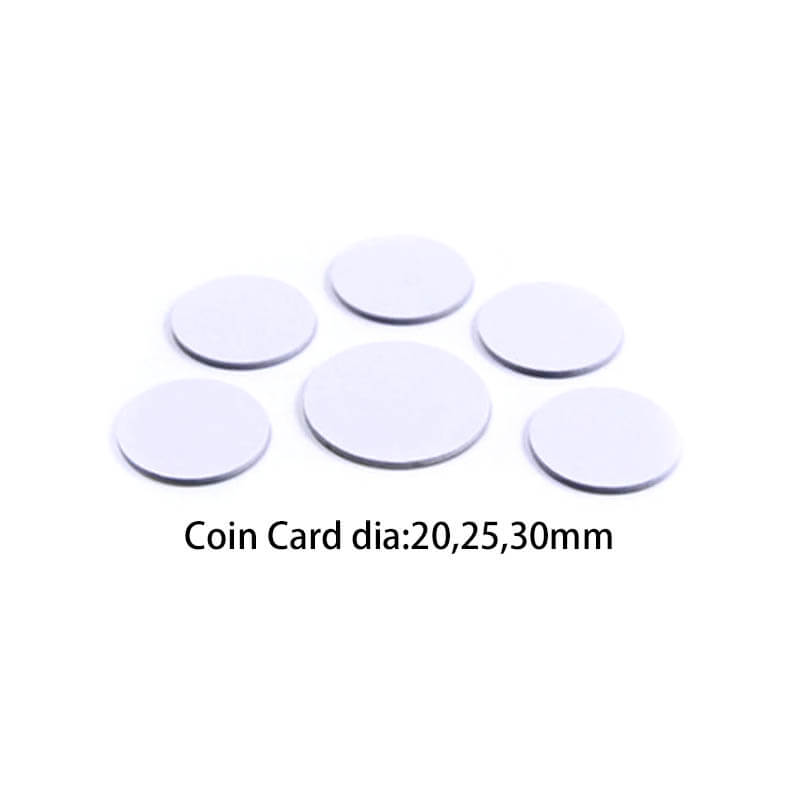If you’ve ever been to a store and used your credit/debit card, you’ve likely interacted with NFC technology. NFC cards are becoming more popular as a payment method due to their convenience and security features.
But are they only used for payments? Not at all! NFC cards are also used for many other applications, including employee ID cards, transit passes, and loyalty cards. They can be easily programmed to unlock doors or provide access to certain areas.
So what makes NFC cards so special? In this blog post, we’ll explore NFC cards in more detail and discuss their benefits. Stay tuned!
What is NFC?
Have you ever wondered how your credit card or mobile phone can communicate wirelessly with a payment terminal to complete a transaction? This process is known as Near Field Communication (NFC).
It uses 13.56 MHz electromagnetic fields to transmit data between two devices, such as your card and a payment terminal. These wireless signals are very short-range and require proximity to work – typically less than 4 inches.
What is an NFC Card?
As we’ve discussed, NFC cards are devices used to make payments using NFC technology. At face value, an NFC card may just look like a regular card. However, some key features set them apart, including:
- Smart Features. An NFC card contains a small memory chip that stores user data. This chip is also known as an IC or integrated circuit.
- Protection Features. Many NFC cards are protected by embedded security features, such as PIN codes or biometric authentication tools like fingerprint scanners. This adds a layer of security to prevent unauthorized transactions.
- Convenience. NFC cards are straightforward and convenient to use, as they don’t require users to swipe or enter their card information manually. This makes them ideal for busy users on the go!
These are just a few benefits of NFC cards. As this technology continues to evolve and become more widely adopted, we can expect to see more convenience and security features in the future.
NFC Cards Components
NFC cards comprise a few key components that work together to enable fast, convenient transactions. These components include:
- An NFC Chip. This is the memory chip that stores user data and security information. It is usually embedded in the card itself, protecting it from physical damage.
- An Antennae. This part of the card receives and transmits radio signals to facilitate communications between devices.
- Protective Layers. This is the substrate that holds all of the card’s components together and provides physical support. NFC cards may use various materials for their protective layers, such as PVC.
These components work together to enable fast and secure transactions convenient for all users. It is a tested and proven technology that continues to evolve, making NFC cards an attractive automation option for consumers and businesses alike.
How NFC Payments Work
NFC cards work using magnetic induction, where a small coil in the card generates an oscillating magnetic field when it comes into proximity with an NFC reader. This field is detected by a second coil in the reader and used to power the transaction.
One key advantage of this process is that it occurs very quickly, often in less than a second. This makes NFC cards an ideal payment method for busy consumers who need quick, convenient transactions. And because they use radio signals rather than magnetic swipes, NFC cards are also more secure. Here is a step-by-step overview of how they work:
- Place Card Near Reader. To initiate a transaction, the cardholder simply places their NFC card near an NFC reader or payment terminal. This sends a signal to the reader to power the transaction and transmit information back and forth.
- Confirm Payment Information. The NFC reader then communicates with the card’s chip, which verifies payment information and conducts authorization checks. This process is typically very fast, often taking less than a second.
- Complete Transaction. Once payment information has been confirmed, the transaction is completed, and the cardholder can move on with their day!
Other Uses of NFC Cards
Besides payment transactions, NFC cards have a wide range of other uses. Some common examples include:
- Tracking and Access Control. An NFC card can be used to track employee movements and access sensitive data, such as HR records or financial information. This is done using an embedded RFID chip that stores user credentials, location tracking data, or other relevant information.
- Mobility Cards. Many transit systems use NFC cards to track ticket usage and facilitate payments for transportation or other services, such as parking meters or bicycle rentals.
- Carnet Applications. NFC cards are used in carnet applications, where they can store credentials and identify authorized users of locations or equipment, such as manufacturing facilities or construction sites.
Overall, NFC cards have myriad uses in different industries. Organizations & businesses use them to streamline operations, guaranteeing efficiency in transactions and tracking.
What are the Benefits of Using NFC Cards?
There are many benefits to using NFC cards as a payment method, including:
- Convenience. NFC tags provide an easy-to-implement checkout process at retail stores. Customers simply need to tap their card against the reader and the transaction is complete, significantly reducing queues in-store and finalizing payments quickly. This makes them far more convenient than traditional payment methods such as credit or debit cards.
- Security. NFC tags are becoming more secure than standard payment cards as they contain encrypted data which cannot be stolen by hackers nor can it be copied which adds an extra layer of protection against fraudulent activities. This means users can make payments without having to worry about the safety of their personal information or the security of their transactions.
- Contactless Payments. With NFC tags there is no need for customers to physically insert their card into the POS terminal or type in PINs which makes checkout a much simpler and faster process. This also eliminates any potential problems associated with handling physical cards such as mishandling or losing them.
- Automation. NFC technology can be used to automate tasks such as opening doors or providing customers with product information upon tapping their phone over designated areas near door handles or RFID scanners respectively. This provides users with added convenience while ensuring access is only granted to those who possess the specific authority to allow for greater safety in office environments as well as other places where access may be restricted.
- Customization. Companies can customize NFC tags according to their needs. For example, they can be used as contactless loyalty cards, allowing customers to add points to their loyalty accounts when shopping, creating a more frictionless experience.
- Cost-Effectiveness. NFC cards are often offered as an add-on to traditional payment methods, such as credit or debit cards. This means merchants can offer customers the convenience of NFC payments without incurring additional costs themselves.
These benefits make NFC cards an attractive option for businesses and consumers alike. Whether looking to streamline transactions, track user data, or make payments easier, NFC cards are a great choice. They will continue to play a critical role in the payment industry for many years.


